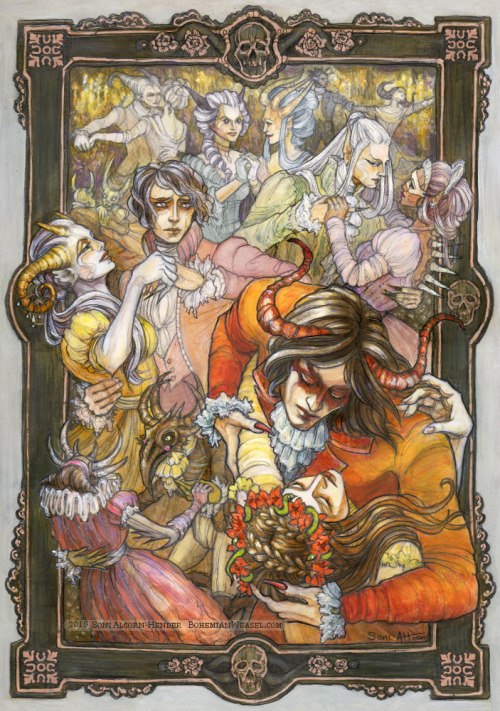#danse macabre


Credit: Hans Lützelburger (German, 1495?-1526) after designs by Hans Holbein the Younger (German/Swiss, 1497/8-1543). Images of Death, c. 1526, woodcuts. Details from Creation of Eve and Fall (Temptation of Adam) including canine representation. I am not sure how a dog could be present at the creation of Eve. As seen at the exhibit “Holbein: Capturing Character” at the Morgan Library & Museum @themorganlibrary in New York.
Death and the Maiden by George Clark Stanton
Death and the Maiden(Der Tod und das Mädchen in German) was a common motif in Renaissance art, especially painting and prints in Germany. The usual form shows just two figures, with a young woman being seized by a personification of Death, often shown as a skeleton. Variants may include other figures. It developed from the Danse Macabre with an added erotic subtext. The German artist Hans Baldung depicted it several times.
The motif was revived during the romantic era in the arts, a notable example being Franz Schubert’s song “Der Tod und das Mädchen”, setting a poem by the German poet Matthias Claudius. Part of the piano part was re-used in Schubert’s famous String Quartet No. 14, which is therefore also known by this title, in either English or German.
Post link
KANEKO’S CRIB NOTES LIV: DAVID’S HALLOWEEN GHOUL-A-GANZA + CASTLEVANIA…!?!
Thanks to matteste for this one! Originally spotted on the cover of the Swedish book Sällsamheter i Bohuslän och Dalsland, we were able to trace this death image’s presence to none other than the Dictionnaire Infernal (though not its actual origins; we’ll get into that). Featured in the dictionary’s entry for the “dance of death” (danse des morts), this skeletal musician looks as if it is delighting in fiddling away some macabre tune. Kaneko’s David adapts exactly the posture of raised left leg, the placement of the violin on the left shoulder, and especially the feathered beret.
A perplexing issue is the exact provenance of the Dictionnaire’s "David.” Louis Le Breton is famously credited for the book’s demon illustrations, but the skeleton violinist is unattributed; moreover, it just doesn’t look like it is in Le Breton’s style. No other artist is officially credited in the Dictionnaire, but a couple of the other illustrations in the “dance of death” entry are signed by that of Jean-Baptiste Victor Loutrel and E. Kretzschmar; we can find no confirmation that the work is theirs. It would also be tempting to credit Hans Holbein the Younger and his own Dance of Death woodcut series, but the illustration isn’t present there, either. Even more puzzling is the colorized version as seen on the Swedish book, as its crimson hue is an uncanny match for Kaneko’s Fiend–so where exactly did he see this? Certainly not on this book’s cover, unless he’s been a secret Suecophile all along! Unfortunately, all of these questions must remain unanswered for the time being.
While obviously meant to evoke the Danse Macabre of his Dictionnaire heritage, the appellation “David” is another matter altogether. Luckily avoiding confusion with the later Macabre, David’s likely namesake is instead one of the creations of the legendary Antonio Stradivari: the violinDavidoff Stradivarius, as evidenced by the weapon left behind following his defeat in the original SMT (’Stradivari”). Otherwise, looking for any connection between the name David and the genuine Danse Macabre tradition turned out to be a fool’s errand.
Lastly, since October is the month when we reflect on the dead, it’s the perfect time to include some Castlevania! Morbid, but you know it’s true. Anyway, while browsing the Dictionnaire Infernal we happened upon its entry for Amalaric, the Visigoth king, and found the general silhouette of his sniper assassin to be curiously familiar in both pose and the degree of the bow’s tilt to Castlevania: Symphony of the Night’sSniper of Goth(orAmalaric Sniper). While its angelic embellishments define the sprite, we figure this illustration has to be the inspiration for it as it’s such a bizarrely specific enemy otherwise!
Halloween ‘14: (1) Betelgeuse(2)Baphomet
Halloween ‘15: (1) Season of the Crib, (2) Arachne
Halloween ‘16: (1) Spoo*y Skeletons
Post link
Dance of Death, detail, St Mary’s parish church, Sparham, Norfolk, UK
about 1490
Photo: Simon Knott
Totentanz von Bleibach / Danse Macabre of Bleibach, Gutach-Bleibach, Germany, 1723
oil painitng on wood
Photo: joergens.mi/wikimedia commons
Post link
Danse Macabre, Abby La Chaise-Dieu / Abbaye de la Chaise-Dieu, France, second half of the 15th cenury (abby dates back to 1043)
Fragment of the fresco of the danse macabre, where are represented the theologian clerk, the ploughman flanked by two humans who are perished and the Cistercian monk
Photos: Jean-Pol GRANDMONT (photo at the bottom) / MirandaAdramin (all other photos) (CC BY-SA 3.0) / wikimedia commons
More danse macabre: x
Post link
Danse Macabre: Ceux qui ne craignent pas [Those Who’ve No Fear] (1904 / Engraving) - Marcel Roux
Post link
Portrait of a Gentleman (detail)- Lorenzo Lotto
1535 ca
oil on canvas
118×105 cm
Galleria Borghese, Rome
Full image
Post link
Dance of Death, fresco by Simone II Baschenis. Pinzolo, Trentino-Alto Adige ~ 1539 • Bibliothèque Infernale on FB
Post link
‘The Demon Ball’, Soni Alcorn-Hender
(10×12″, mixed media on canvas-board)
Illustration for the Perna Studio’s trading card set ‘Hallowe’en 2015′
Post link

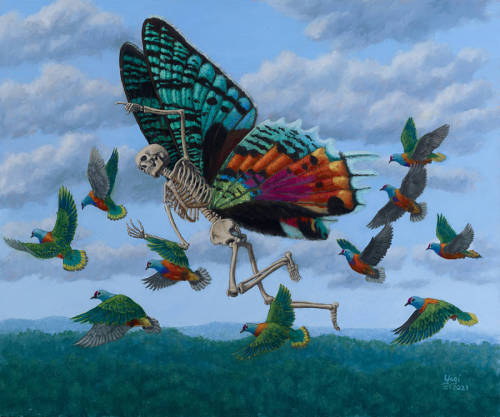


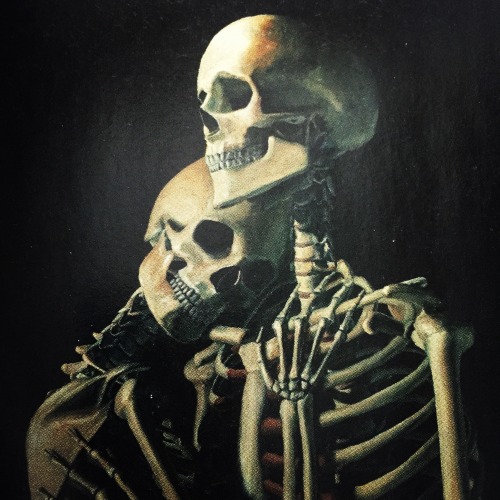
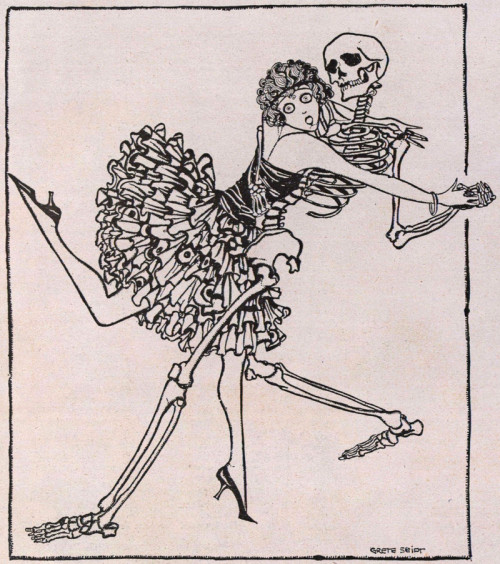


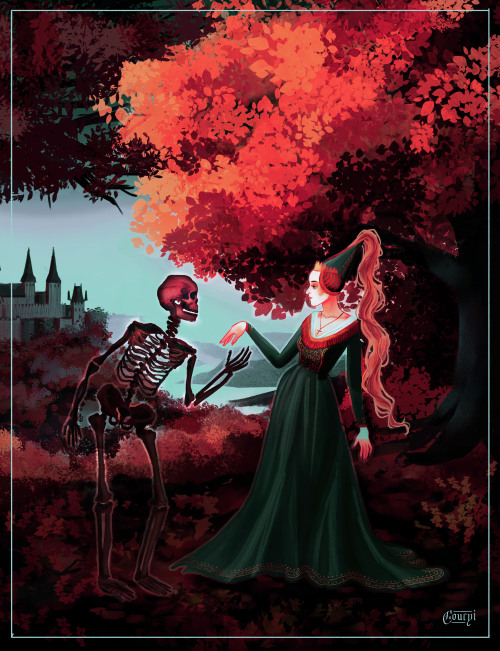


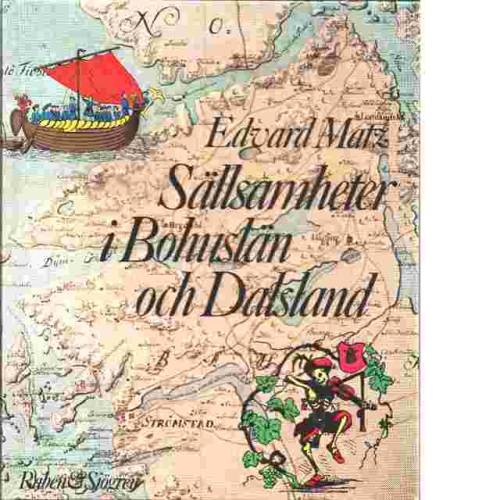
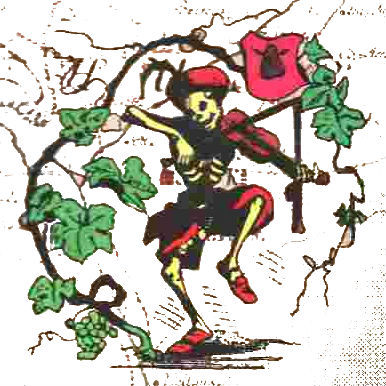

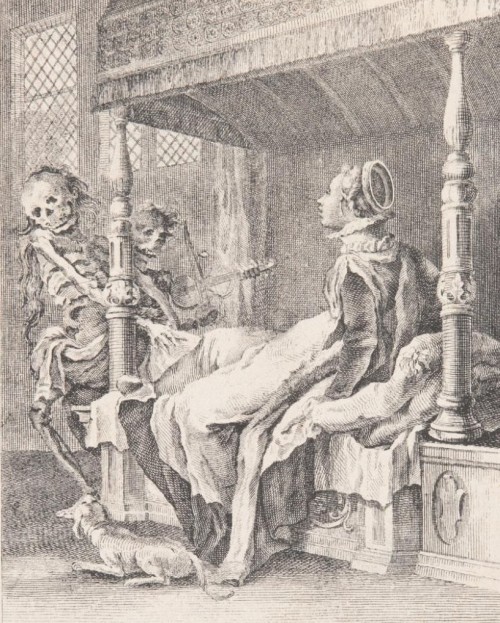
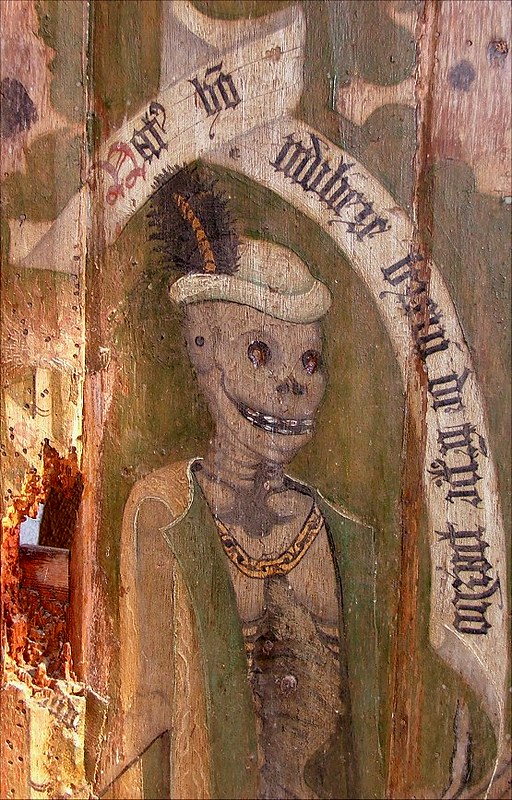
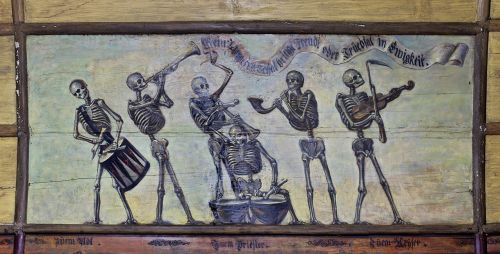




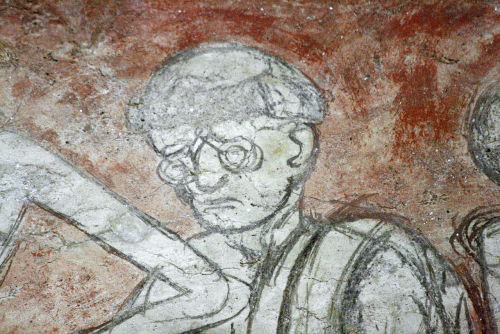
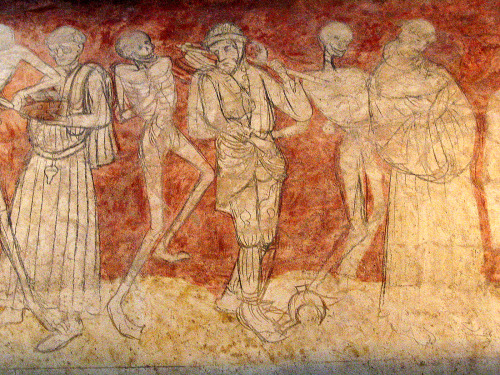

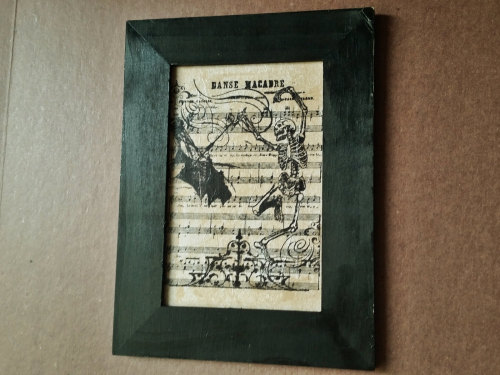
![Danse Macabre: Ceux qui ne craignent pas [Those Who’ve No Fear] (1904 / Engraving) - Marcel Roux Danse Macabre: Ceux qui ne craignent pas [Those Who’ve No Fear] (1904 / Engraving) - Marcel Roux](https://64.media.tumblr.com/ee5a29653a3583d3e30e844d6c7c61d6/2c36ac3a1b8d4af1-d2/s500x750/76f45e2644492c730d7a682c27836b6a8a810e69.jpg)








